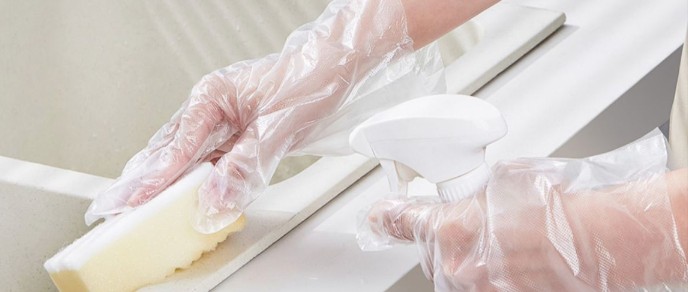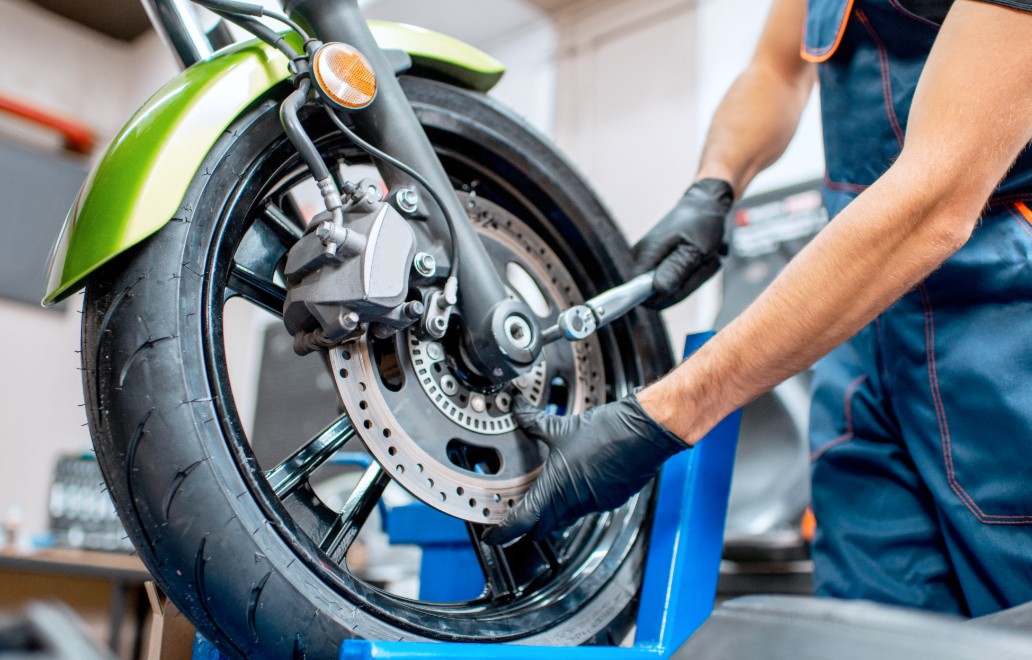Glove products
How Many Types of Surgical Gloves Are There?
Introduction to Surgical Gloves
Importance of Surgical Gloves in Medical Procedures
Surgical gloves are vital in operating rooms. They form a clean barrier. This keeps patients safe from germs and viruses on a surgeon’s hands. It helps stop infections at the surgical site. It also lowers complications after surgery. At the same time, surgical gloves shield surgeons from bloodborne germs. These come from patients with diseases like hepatitis or HIV. By wearing disposable surgical gloves, medical staff avoid cuts from sharp tools. This ensures safety for everyone. Picking the right types of surgical gloves is key. It keeps the surgical area clean and safe.
Overview of INTCO Medical Disposable Surgical Gloves
INTCO Medical has over 30 years of experience. They make top-quality disposable surgical gloves. Their gloves are comfy. They have shapes that fit the hand naturally. INTCO offers custom surgical gloves for specific needs. These include different sizes or colors. Their products focus on stopping cross-infection. They ensure safety during surgeries. With modern technology, INTCO provides hospital surgical gloves. These are trusted worldwide for their dependability and safety features.
Understanding Different Types of Surgical Gloves
Latex Surgical Gloves
Surgical latex gloves are well-liked. They are stretchy and comfy, and they let surgeons feel tiny details during delicate tasks, making them great for precise work. However, some people are allergic to latex, which can cause skin reactions. These gloves are also less tough against punctures compared to other materials. INTCO Medical’s sterile latex surgical gloves have textured surfaces, which give them a better grip. Despite their limitations, they’re a good choice for many surgeries.
Nitrile Surgical Gloves
Nitrile gloves are made from synthetic rubber. They are strong and resist chemicals. They’re a great choice for people with latex allergies. Sterile nitrile surgical gloves are tough. They’re less likely to tear. This is perfect for long surgeries or tasks with harsh substances. They also last longer on the shelf than latex gloves. INTCO’s sterile nitrile surgical gloves offer great protection. They’re among the best sterile surgical gloves for many medical settings.
Vinyl Surgical Gloves
Surgical vinyl gloves are made from PVC. They cost less than other types. They are less stretchy and not as strong. They’re better for low-risk tasks. Sterile vinyl surgical gloves are sometimes used in non-surgical settings. Think of examinations. They don’t hold up well against chemicals or sharp tools. While affordable, these gloves aren’t the best for complex surgeries. Their limits make this clear.
Polychloroprene (Neoprene) Surgical Gloves
Polychloroprene, or neoprene, gloves are synthetic. They feel like latex but without the allergy risk. They are bendy and resist punctures. They handle temperature changes well. This makes them good for different surgical settings. Neoprene gloves are a nice balance. They offer comfort and toughness. They’re invaluable in procedures where temperature control matters. This helps surgeons work well.
Polyisoprene Surgical Gloves
Polyisoprene gloves are a top option. They offer latex-like comfort with extra strength. They are synthetic. This makes them safe for people with latex allergies. These gloves are very tough. They’re perfect for high-risk surgeries where tears are a big worry. But they cost more. Polyisoprene gloves are often used for double-gloving in complex tasks. They give extra safety for both the surgeon and patient.
Key Differences Between Surgical Gloves and Exam Gloves
Material and Sterility Standards
The difference between exam gloves and surgical gloves is in their purpose and standards. Surgical gloves are always sterile. They meet strict rules from groups like ASTM, ISO, and the FDA. They’re made for invasive tasks. They ensure no germs enter the surgical site. Exam gloves may not be sterile. They’re less tough. They’re good for routine checkups. Choosing sterile surgical gloves is vital. It keeps the operating room safe.
Fit and Functionality
Surgical gloves fit tightly. They allow precise movements and a better grip. This snug fit helps surgeons feel the tools clearly. This is important for delicate tasks. Exam gloves are looser. They don’t focus on touch sensitivity. They’re used for general tasks like checking a patient’s pulse. The difference between exam gloves and surgical gloves in fit makes surgical gloves better for operations. These require high skill.
Factors to Consider When Choosing Surgical Gloves
Material Selection Based on Procedure
Picking the right material for different types of surgical gloves depends on the surgery. For example, surgical latex gloves are great for tasks needing fine control. Sterile nitrile surgical gloves are better for handling chemicals. Surgeons and patients with latex allergies should choose nitrile or polyisoprene. Matching the glove material to the task ensures safety and comfort for all.
Color Variations in Surgical Gloves
Colored surgical gloves, like white surgical gloves and blue sterile surgical gloves, have practical uses. Blue sterile surgical gloves make it easier to spot tears. This is important during surgery. White surgical gloves look clean and professional. They’re often used in dental settings. INTCO provides custom surgical gloves in colors like green or orange. These help medical teams pick gloves that improve visibility and safety.
Sterility and Packaging
Sterility is a must for hospital surgical gloves. They are packed one by one to stay germ-free until used. This ensures they meet strict rules for surgical settings. INTCO’s sterile nitrile surgical gloves are packed to stay sterile. They’re a dependable choice for hospitals needing the best sterile surgical gloves.
Frequency of Changing Surgical Gloves
Knowing how often surgical gloves should be changed is important for safety. Change gloves every 90 minutes during long surgeries. Swap them between procedures to avoid germs. Check gloves for tears regularly. This is key. Following these steps keeps the surgical area sterile. It lowers the risk of infection.
Advantages of INTCO Medical Disposable Surgical Gloves
Ergonomic Design and Comfort
INTCO’s disposable surgical gloves are made for comfort during long surgeries. Their curved finger shape fits the hand naturally. This reduces tiredness. The textured surface ensures a strong grip. The powder-free inside makes them easy to put on. These features make INTCO’s gloves a top pick for surgeons. They need reliable hospital surgical gloves.
Customization Services
INTCO offers custom surgical gloves tailored to specific needs. Hospitals can order bulk surgical gloves in different sizes, materials, or colors. Think of blue sterile surgical gloves or white surgical gloves. This flexibility ensures medical teams get gloves that match their needs. It improves efficiency and safety in the operating room.
Superior Protective Properties
INTCO’s gloves are built to stop cross-infection. They also prevent complications after surgery. They protect against sharp tools and infectious germs. They meet European safety standards. With irradiation sterilization, INTCO’s gloves give top-level protection. They’re some of the best sterile surgical gloves available.
Best Practices for Using Surgical Gloves
Proper Donning and Doffing Techniques
Putting on and taking off surgical gloves correctly keeps them sterile. Surgeons should wash their hands well. Then, slide gloves on without touching the outside. When removing gloves, peel them off carefully. Avoid touching the skin. These steps stop contamination. They ensure disposable surgical gloves stay effective.
Storage and Shelf Life
Storing disposable surgical gloves properly keeps them usable. Keep them in a cool, dry place. Stay away from sunlight or heat. Check expiration dates before use. This ensures they work well. Proper storage keeps the quality of hospital surgical gloves high. They’re safe for surgeries.
Double-Gloving for High-Risk Procedures
Double-gloving adds extra safety in risky surgeries. Pairing blue sterile surgical gloves with white surgical gloves reduces the chance of tears reaching the skin. This is helpful with polyisoprene or nitrile gloves. It gives peace of mind during complex tasks.
Conclusion: Choosing the Right Surgical Gloves for Your Needs
Knowing the different types of surgical gloves helps medical teams pick the right ones. Latex, nitrile, vinyl, neoprene, and polyisoprene each have special advantages. These range from comfort to toughness. Sterility, fit, and MATERIAL choice are vital for safety. INTCO Medical provides high-quality, adjustable disposable surgical gloves. These meet these needs. They ensure protection and precision in the operating room.
Ready to boost your surgical safety? INTCO Medical’s custom surgical gloves are made for precision and protection. They fit your unique needs. Contact INTCO today to explore bulk surgical gloves tailored for your hospital. Let’s work together to keep surgeries safe and efficient!































